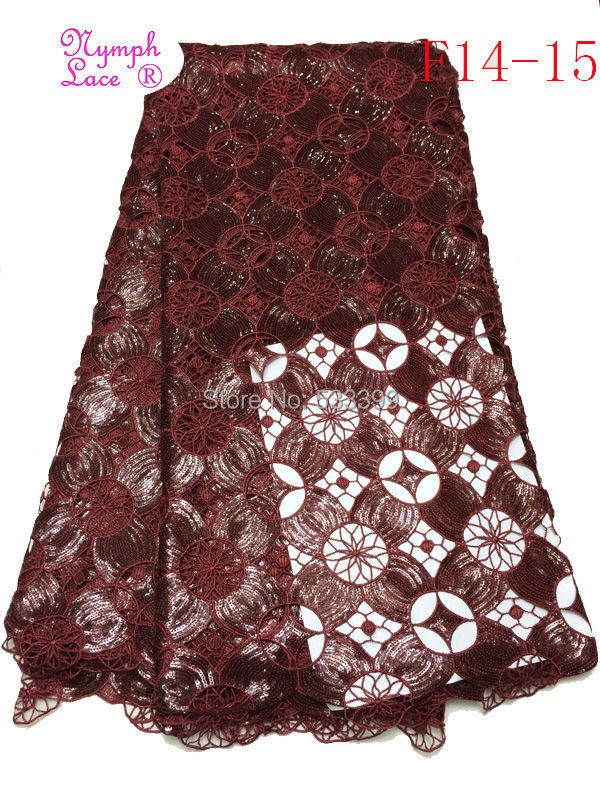CONSERVATION BIBLIOGRAPHY. When a conservator writes a conservation manual such as this, much of the data are in his or her head and from personal applications.



![]()
Dyes are classified according to their solubility and chemical properties. Acid dyes are water-soluble anionic dyes that are applied to fibers such as silk, wool, nylon and modified acrylic fibers using neutral to acid dye baths.

![]()
Winners of the 2015 Edison Awards. Unconstrained Biometric Identification by Carnegie Mellon University Biometrics Center. Our Unconstrained Biometric Identification platform can enhance and identify people from very low resolution footage that includes facial occlusions, even when not looking directly at the camera.


Our Company . See what makes DuPont one of the most successful science and engineering companies in the world. > Values
Nicola Ashurst – an established expert on brick, terracotta, masonry and how to clean them sympathetically – provides practical guidance on how to clean brick, terracotta and faience surfaces with minimal harm to historic fabric, explaining the characteristics of the materials that conservators need to be aware of, emphasising the importance of

Basic Paper Treatments for Printed Book Materials Presented at the Guild of Book Worker’ 9th Anniversary Seminar on the Standards of Excellence, Portland, Oregon, October 28-29, 1989
Find Triton X-100 at TALAS, your trusted source for bookbinding, archival, and conservation supplies.
Efap – Laboratory of Atmospheric Physics. HXTAL NYL-1. Hxtal Nyl-1 was the first epoxy adhesive to be developed specifically for conservation use.
Synthetic resins are widely used by conservators. These resins are polymers constructed of a chain or network of repeating single units, called monomers, that combine with themselves or with other similar molecules or compounds to form polymers.

all ingredients are listed in the tsca chemical substance inventory . physical data. boiling point: 106º c ( 223º f ). ph: < 1. melting point: -50º c ( -58º f )